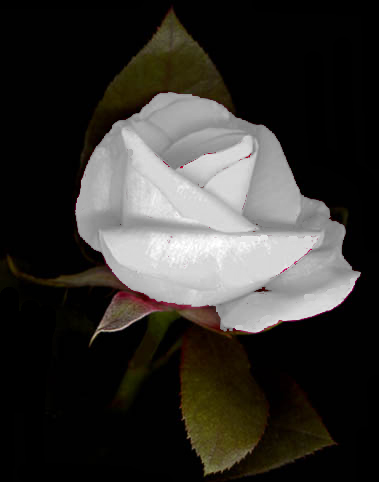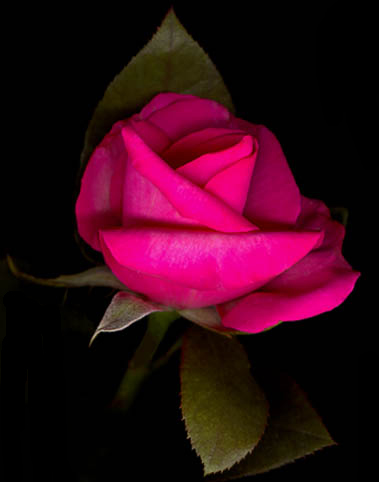Battle of Blore Heath From
Wikipedia: Link
back to article.
The Battle of Blore Heath was the first major battle in the
English Wars of the Roses and was fought on September
23, 1459,
at Blore Heath in Staffordshire,
two miles east of the town of Market Drayton in Shropshire,
England.
Background
After the First Battle of St Albans in 1455, an
uneasy peace held in England. Attempts at reconciliation between the
houses of Lancaster and York
enjoyed marginal success. However, both sides became increasingly wary
of each other and by 1459 were actively recruiting armed supporters.
The Queen (Margaret of Anjou) continued to raise
support for the King (Henry VI) amongst noblemen,
distributing an emblem of a silver swan to her supporters; whilst the
Yorkist command under Richard, Duke of York was finding
plenty of anti-royal support despite the severe punishment for raising
arms against the King.
The Yorkist force based at Middleham Castle in Yorkshire
(led by Richard Neville, 5th
Earl of Salisbury) needed to link up with the main Yorkist army at Ludlow
Castle in Shropshire. As Salisbury marched south-west through the Midlands
the Queen ordered James Touchet, Lord Audley to
raise a force to intercept them.
The battle
Audley chose the barren heathland of Blore Heath to set up an
ambush. On the morning of the 23
September 1459
(Saint Thecla's
day), a force of some 6-12,000 men took up a defensive position behind
a 'great hedge' on the south-western edge of Blore Heath facing the
direction of Newcastle-under-Lyme to the
north-east, the direction from which Salisbury was approaching.
Yorkist scouts spotted Lancastrian banners visible over the
top of a
hedge and immediately warned Salisbury. As they emerged from the
woodland, the Yorkist force of some 3-6,000 men realized that a much
larger enemy force was awaiting their arrival. Salisbury immediately
arranged his men into battle order, just out of range of the
Lancastrian archers. To secure his right flank, he arranged the supply
wagons in a defensive laager,
a circular formation to provide cover to the men on that flank. Fearing
a rout, Yorkist soldiers are reported to have kissed the ground beneath
them, supposing that this would be the ground on which they would meet
their deaths.
The two armies were separated by about 300 metres on the
barren
heathland. A steep-sided, wide and fast-flowing brook flowed between
them. The brook made Audley's position seemingly impenetrable.
Initially, both leaders sought to parley
in a futile attempt to avoid bloodshed. In keeping with many late medieval
battles, the conflict opened with an archery duel between the longbows of both armies. At Blore Heath,
this proved inconclusive because of the distance between the two sides.
Salisbury, aware that any attack across the brook would be
suicidal,
employed a ruse to encourage the enemy to attack him. He withdrew some
of his middle-order just far enough that the Lancastrians believed them
to be retreating. The Lancastrians launched a cavalry charge. After
they had committed themselves, Salisbury ordered his men to turn back
and catch the Lancastrians as they attempted to cross the brook. It is
possible that the order for this Lancastrian charge was not given by
Audley but it had the effect of turning the balance in favour of
Salisbury. The charge resulted in heavy casualties for the Lancastrians.
The Lancastrians withdrew, and then made a second assault,
possibly
attempting to rescue casualties. This second attack was more successful
with many Lancastrians crossing the brook. This led to a period of
intense fighting in which Audley himself was killed, possibly by Sir Roger Kynaston of
Stocks near Ellesmere.
The death of Audley meant that Lancastrian command devolved on
to the second-in-command John Sutton, 1st Baron Dudley
who ordered an attack on foot with some 4,000 men. As this attack also
failed, some 500 Lancastrians joined the enemy and began attacking
their own side. At this, any remaining Lancastrian resistance collapsed
and the Yorkists only had to advance to complete the rout.
The rout continued through the night, with the Yorkists
pursuing the fleeing enemy for miles across the countryside.
Salisbury was concerned that Lancastrian reinforcements were
in the vicinity and was keen to press on towards Ludlow.
He made his camp on a hillside at Market Drayton, which later took his
name. Salisbury employed a local friar to remain on Blore Heath
throughout the night and to periodically discharge a cannon in order to
deceive any proximal Lancastrians into believing that the fight was
continuing.
It is believed that at least 3,000 men died in the battle,
with at
least 2,000 of these from the Lancastrian side. Local legend says that Hempmill Brook flowed with blood for 3 days
after the battle.
Legend has it that Margaret of Anjou watched the battle from
the spire of the church in nearby Mucklestone,
before fleeing when she realised Audley was being defeated. It is said
that she employed a blacksmith, William Skelhorn,
to reverse the shoes on her horse to disguise her escape. The anvil
from the smithy stands in the churchyard at Mucklestone to commemorate
this event.
A cross was erected on Blore Heath after the battle to mark
the spot
where Audley was slain. It was replaced with a stone cross in 1765. Audley's Cross stands on Blore Heath to
this day. Audley is buried in Darley
Abbey in Derbyshire.
The battle is commemorated by a re-enactment each year in
September at Blore Heath.
|



